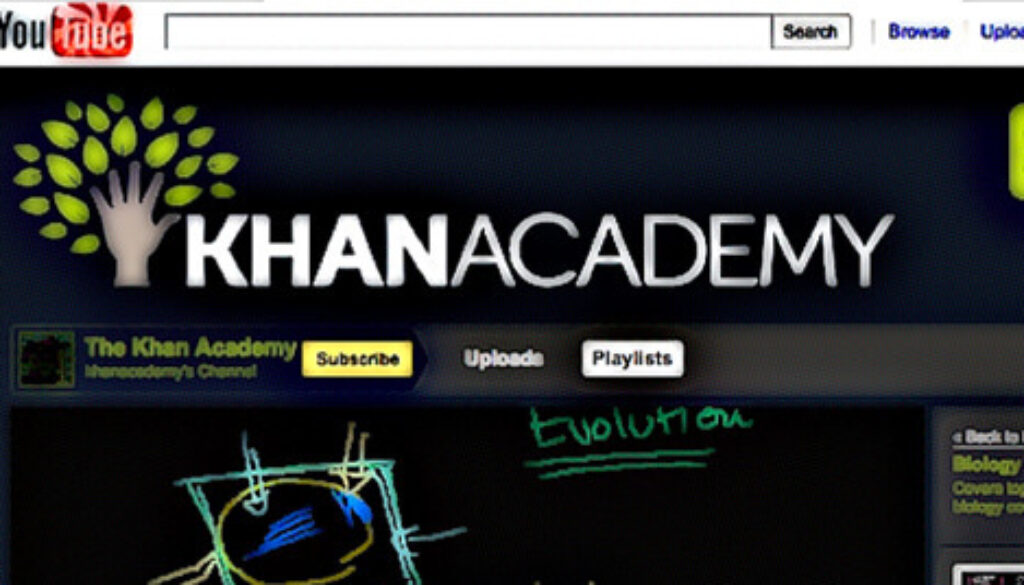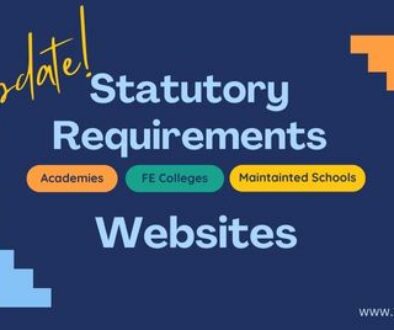Watching Videos for Homework, Flipping the Classroom
Do you do it in your class?
Homework is very often a contentious issue and many schools often feel caught in the middle of a rock and a hard place, whatever their homework policy. They find that they can never please the entire parent population as homework will often be either too little or too much.
We recently worked with a client school, to develop a homework tracking and support system, to allow students and more importantly their parents to have easier access to their set homework via their bespoke VLE.
Accordingly, teachers were expected to set homework for specific weeks, for a set duration of time. Much of this homework was of course the traditional form of reinforcement of lesson taught earlier within class time. Typically, students were then meant to submit their homework assignments for marking.
Using videos to reinvent education: personalising learning and flipping classes
At the most recent TED 2011 conference, Salman Khan of Khan Academy, explain how he came to create thousands of learning videos, currently shared on YouTube. Progressing from his early days of creating videos to help his cousins with Mathematics, Khan explains how his videos can be used to flip classes.
By this, flipping is meant to take the form of assigning the learning or understanding of the subject material as homework, that is, ‘watch this video as your homework’ and then the exercises or discussions are to take place during class time, in which teachers are then able to answer a students questions in a more targeted manner.
The use of videos in education and learning is certainly nothing new, and much as I admire Khan for his dedication and his ability to make a lot of complicated math concepts seem really simple, I do question the effectiveness of using videos to learn.
While flipping classes makes a point of allowing the teacher more time to concentrate on helping the children master exercises in class, being a point of contact for a child to ask questions if need be, prescribing a video does not in effect guarantee that the knowledge the child has built is accurate or correct (see our earlier article on Misconceptions in Teaching and Learning of Science).
In prescribing a video as homework, how do the kinaesthetic learners learn or what about children who actually do not do well, sitting down and watching a screen? Do teachers go over the material again, in class to ensure that the children know it, allowing for revision of the material?
Flipping classes seems to have already been in use for a number of years now, and this vodcasting, class flipping, social network is one in which teachers who ‘flip’ gather. http://vodcasting.ning.com/
Perhaps the question at the heart of this, is that it still relies on a ‘teacher’ being the aribitrater of knowledge, whether this teacher be physical, in class, or virtual, on video, instead of allowing children to obtain, search for and build that knowledge themselves.
Have you flipped your classes? If you have, have you found it more effective? If you haven’t, would you be interested in trying it?
Author: Li-ling Ooi
Mentions




How to Embed A Video into Moodle « XELIUM : clarity defined
20 May 2011 @ 9:37 am
[…] resource with rich media content to aid teaching and learning in classrooms. Our previous articles, Watching Videos for Homework, Flipping the Classroom and Teachers TV Resurrected in More Ways Than One included some links to these websites. You can […]
Khan Academy and What it Means for Education | Colour My Learning
7 November 2012 @ 9:41 am
[…] A relatively new way for videos such as Khan’s to be used effectively in the formal teaching and learning environment of schools has been to ‘flip the class’. […]
Flip Your Lesson, Watching Video for Homework | Colour My Learning
19 November 2012 @ 1:40 pm
[…] This article was first published on Xelium. […]